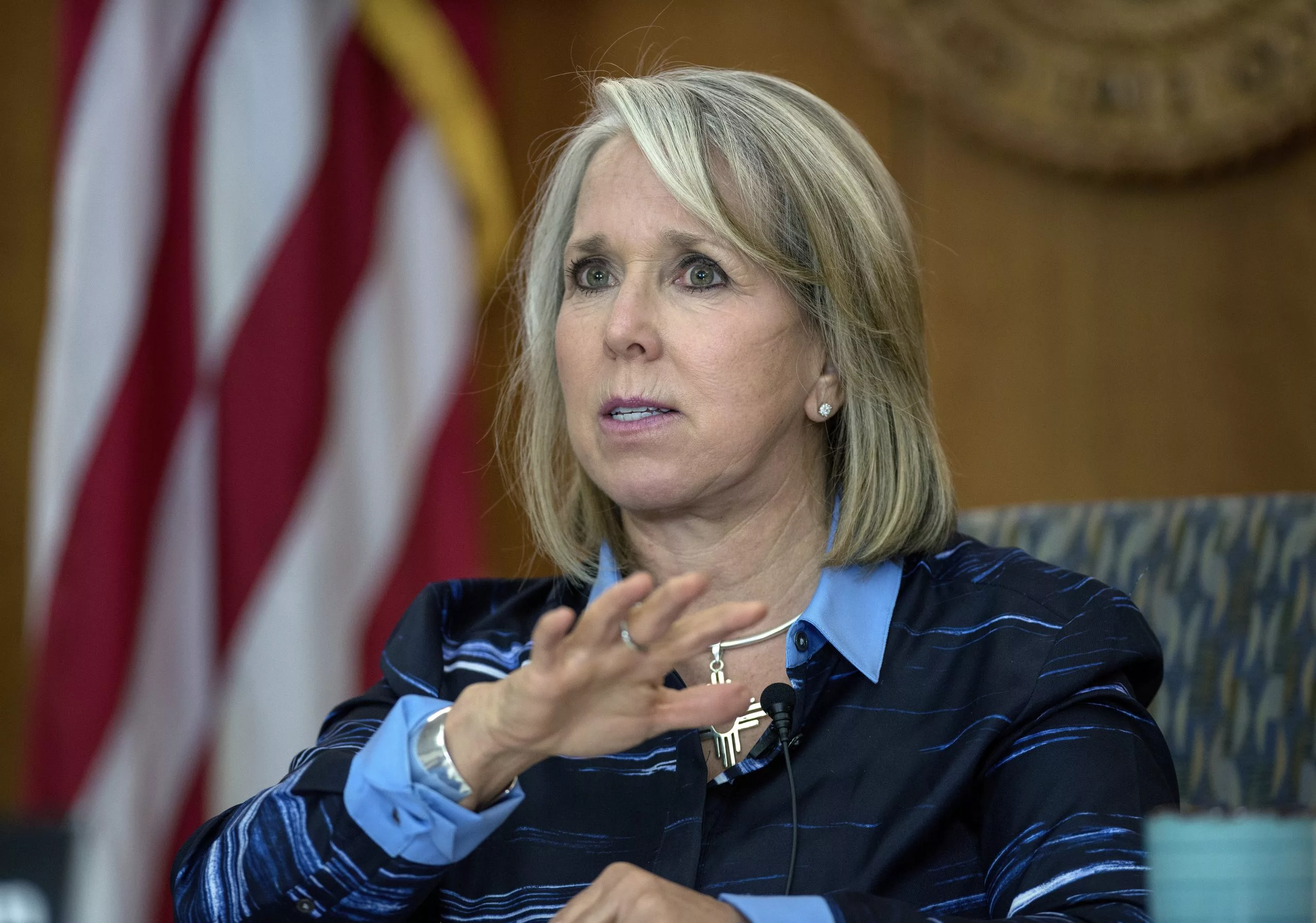ALBUQUERQUE, N.M. (AP) — A new mandate that requires school districts across New Mexico to adopt calendars that consist of at least 180 days was put on hold by a judge on Monday while he considers the change’s legality.
Dozens of school districts and superintendents have been challenging the state Public Education Department over the change. Teacher unions and Republican lawmakers also have raised concerns about the rule.
In granting the school districts’ request for a preliminary injunction, Judge Dustin Hunter said the rule undermines the Legislature’s intent when it adopted legislation in 2023 that called for extending the number of hours children spend in the classroom and the time teachers have for professional development.
“If the Legislature had intended to expand the number of days with all the accompanying costs — such as transportation and food and specialty providers such as special education and everything else — it necessarily would have provided the funding or given clear guidance as to why it was unable to,” Hunter said.
The plaintiffs had argued that the requirement would result in budget shortfalls, particularly for districts that have operated on four-day weeks for decades.
“There are 89 different stories in 89 different districts and 89 different ways of getting good education to kids,” testified Stan Rounds, executive director of the New Mexico Coalition of Education Leaders. “They are very different. One size does not fit all.”
State officials contend the change will ultimately improve educational outcomes.
Holly Agajanian, the chief general counsel for Gov. Michelle Lujan Grisham, argued that the school districts would not be harmed if the state is allowed to move forward with implementing the mandate pending a ruling on the merits of the case.
She said the districts could submit budgets with two alternative calendars — one complying with the 180-day rule and one assuming the school does not need to meet the mandate if the districts win their case.
Agajanian told the court that although there have been substantial comments about the rule, the court “should not view it as the opinion of the public, especially when balancing harms.”
Attorneys for the school districts said 98% of the thousands of public comments were against the rule.
Hunter acknowledged that the state has created a Catch-22 in that it is requiring districts to submit budgets and schedules and apply for waivers even though they won’t have the student performance data needed to determine if they are eligible for an exemption.
The courtroom in Roswell was packed Monday, and dozens of school officials, lawmakers and district attorneys tuned into the livestream.
Consideration of the 180-day rule began last year, spurring much opposition. It wasn’t until this year’s legislative session wrapped up that the Public Education Department announced it would be implementing the rule that would take effect July 1.
Public Education Secretary Arsenio Romero told reporters in March that the change was just one of many things his agency was implementing as it works to pull New Mexico up from the bottom of national education rankings. He pointed to structured literacy programs in kindergarten and earlier grades, technical education and internship opportunities for older students and summer programs that can help keep students on track.
Romero had said the agency listened to those who spoke out during a public comment period and that flexibility was built in to allow for four-day weeks — as long as districts could show increases in academic performance.
As for the legislation passed in 2023, New Mexico increased the number of hours students needed to be in school from roughly 1,000 hours to 1,140 hours. The change meant several districts around the state had to lengthen the school day or add more days to meet the requirement. The legislation also allowed space for professional development for teachers within a normal school day.
In the community of Logan, Superintendent Dennis Roch testified that the new rule will result in “astronomical” costs for the tiny district to add 33 days to its calendar to come into compliance. He said the additional cost for teacher salaries, not including any support staff, would total around $388,000 — which exceeds what the district pays to heat, cool and power its buildings.
“It’s just unworkable,” he said of absorbing the costs.
Brought to you by www.srnnews.com






